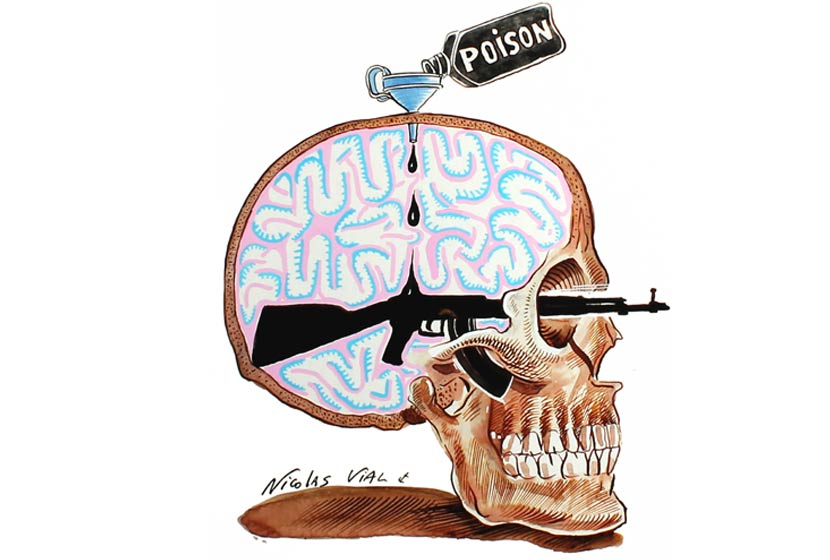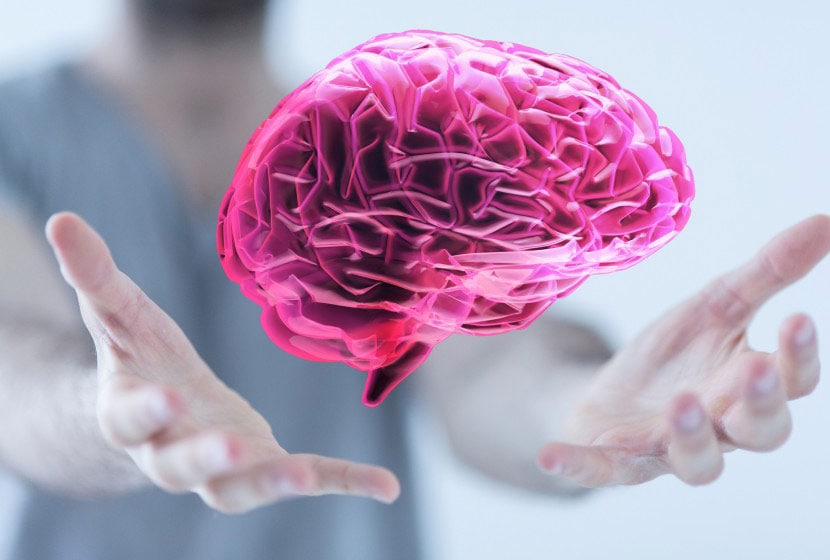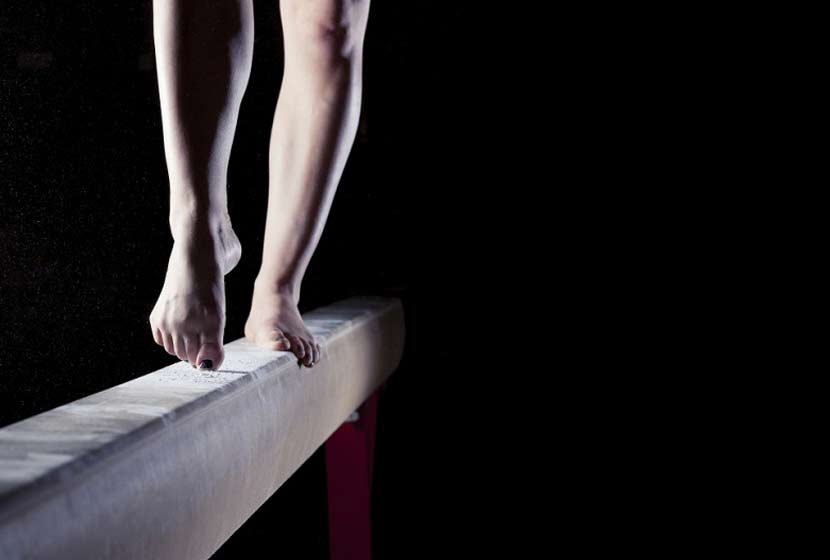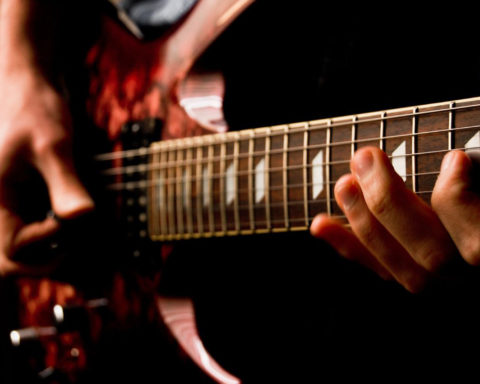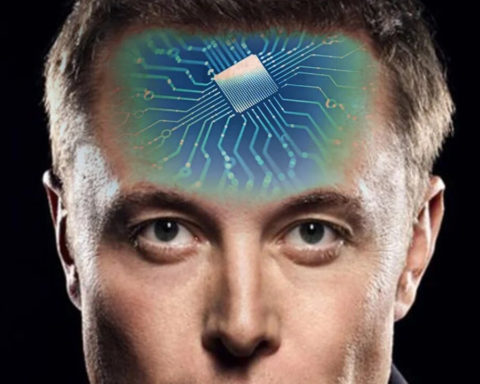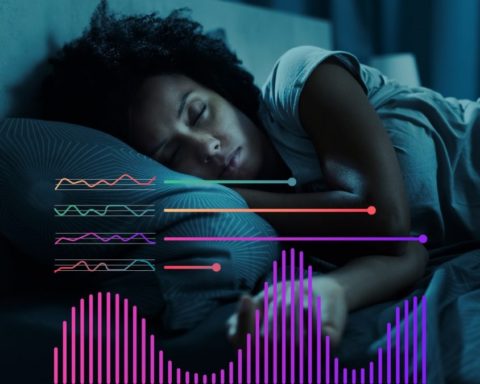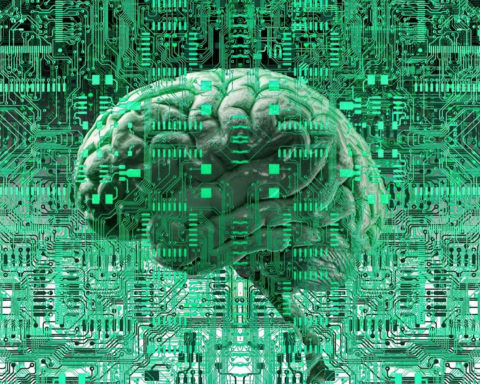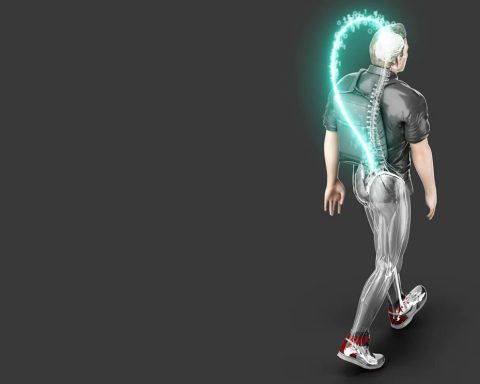After the dismay and amazement at the horror of the attack, the cries and tears of grief gush forth, then the laughter surprises us at the sight of the drawings and texts of Charles Hebdo's brilliant creators. Emotions overwhelm us. Sadness and nostalgia have not finished upsetting us. They merge with the laughter aroused by these talented artists. Little known, because little studied, it turns out that the therapeutic virtue of laughter is no longer in doubt.
Qhen laughter shakes us, different neurophysiological effects occur. There are three of them:
- A mental and emotional process bringing joy: at the origin of the laughter trigger, a perceptive stimulation surprises the brain. Something we didn't expect happens, a new expression is captured. The neurons coding the expression of laughter are located in the brain stem which regulates the major vital functions (breathing, heartbeat, blood pressure). These coordinating nerve centres are connected to the limbic brain, which analyses the situation in relation to our environment. This produces a joyful emotional disturbance. Then the cortex will let or prevent laughter according to the evaluation that will be made of the relevance of the stimulation. But the limbic system has the power to disconnect the conscious cortex in no time! Then the laughter unfolds in a liberating let go.
- A relaxing and regenerating physiological impact for the body : cerebral and physiological stimuli are triggered simultaneously. These are expressed by respiratory accelerations, jerking of the diaphragm, cardiac stimulation followed by a lull, allowing the body to be oxygenated. They produce a muscular relaxation and a relaxation of the sphincters which can go as far as triggering incidents commonly known as "pee pants". They are also accompanied by an opening of the larynx producing syncopated giggles. This relaxation of the organism is precious, it brings a relaxing and cleansing effect for the body.
- A chemical action decreasing suffering: all this is accompanied by a chemical production, adrenaline, dopamine, endorphins. The latter inhibiting pain. This is one of the reasons why clowns are present in the pediatric wards of hospitals. They are in charge of relieving suffering children. Stress and suffering are relieved at least temporarily.
Drawing is a particularly powerful medium. Addressed mainly to the right brain, it encounters an area sensitive to humour. But we don't all laugh at the same jokes. Because laughter is triggered or not depending on the subject's evaluation. In the limbic areas of the brain, the connection with the context is immediately made. The person decides whether it is funny or not according to his or her own frame of reference. What makes one person laugh does not make the other person laugh. Within the framework of freedom of expression, diversity of points of view requires rules and respect for differences of opinion. Sometimes laughter is forbidden, the subject is taboo, other times one laughs in spite of oneself. Nature alone is not enough to contain the violent emotions associated with differences of belief. Republican society has defined a framework and laws to protect freedom of expression within certain limits. These rules should have protected Charlie Hebdo's team. But when brains are overwhelmed by hatred of others, we are powerless to stop them.
Laughter and tears are close mechanisms. Neurologist Michel Dib points out that these emotions pass through fairly similar networks. "In both cases, the function is of the same nature: to empty the organism of accumulated psychological pressure, whether positive or negative. The paths sometimes merge, which would explain the cases of laughter in situations of extreme stress, or tears in cases of immense joy". Faced with existential difficulties, our brain refuses to let itself be beaten down. A defence system is put in place. Laughter or tears, both have the same type of function.
Thanks to Cabu, Charb, Wolinski, Tignous, Honoré, the economist Bernard Maris, the shrink Elsa Cayat and all the collaborators of Charlie Hebdo, for having oxygenated our hearts and minds during all these years. Thank you for their talent, generosity and courage. If we can "cry with laughter", if tears come to us when mad laughter invades us, it is also because the sob of laughter and the sob of tears are related. Today, for Charlie, they are one and the same.


